We often came down at this time of the year to visit our grandparents near White Rock. We went to the beach for days, played on the old farm equipment and eating cherries which we picked from the fruit trees. My grandmother loved her garden and especially the flowers she received from friends, I remember her telling me about her wonderful roses, ‘Dr W. Van Fleet’ on the barn and I especially liked the hot pink one which grew up the pole near where we parked our car. It Is called ‘American Pillar’ Rose and is seen in many old gardens here.
The ‘American Pillar’ Rose has been around since 1902(others say 1909) and is one of the most successful introductions made by an American Rose breeder. It is a cross between Rosa setigera x wichurana along with an unknown red pollen parent. Both of the species roses had been used in the past are still today for their stellar qualities. Rosa setigera is called the ‘Climbing Prairie Rose and grows from southern Ontario through into Florida, it is an unusually hardy climbing type of Rose. Rosa wichurana is originally a Chinese rose is nearly evergreen and has very good disease resistance and crosses well with other species very well.

The 'American Pillar' Rose is a strong growing rambler which is often seen growing over fences like it is here at St. Ann's Academy.
‘American Pillar’ Rose was developed by the famous Rose breeder Dr. W. Van Fleet of Glendale Maryland. Soon after introducing the new ‘Americna Pillar’ Rose it was clear that it was going to be hugely popular and was growing in many gardens along the American east coast. It soon became widely grown in Europe and especially in England. It now is seen in Rose collections throughout the world and is used in many historically based garden designs, there are several important Rose garden here where it is represented.
Like many plants that have been grown for a long time the ‘American Pillar’Rose is tough and adaptable. I know for sure my grandmother did not fuss about her plants and because she was on well water many of her plants did not get any during the dry summer months. Often this rose is seen here where there had been a homestead which is long gone, this could give someone the impression that these plants grow wild here.
The ‘American Pillar’ Rose is a vigorous rambler type plant which can overtake other weaker plants, care must be taken when placing it. It has an overall arching and sprawling habit and will grow to nearly 6m(18ft) in length and 3m(10ft) wide. It makes an excellent specimen to climb a tree and have its bright cheery flowers hang down from the branches.

I found this 'American Pillar' Rose peeping out through a jumble of other plants near the dock at Fulford Harbor on Saltspring Island.
‘American Pillar’ Roses are tolerant of poor soils and drier sites which why they survive long after the gardens they were planted in are gone. They like well drained soil which hold some moisture for the drier periods. Remember to give it some bonemeal when you plant it and some mulch every year in the spring. They prefer full sun but are one of the better blooming Roses for shady locations. Wetter weather can promote disease on all Roses, here I have seen mildew for the first time this year on this plant, later growth has been free of leaf damage. They are rated as tolerating -25c(-10f) although i think they would be hardier, there are fine specimens found in parts of Ontario and Quebec.

The large clusters of bright pink flowers with large gold and white eyes make 'American Pillar' Roses very recognizable.
Need to cover that ugly fence or cover that dying old tree, ‘American Pillar’ Rose to the rescue! Give this plant lots of space to spread out and you will be rewarded for many years to come. Little pruning is needed except to control it and remove weak canes, fortunately the job is easy as there are few thorns. Some people claim this plant has a slight fragrance and others do not notice any scent, I am with the later group and do not smell anything.
Rambling about American Pillar Roses:
A simple picture document of this roses growth: http://www.ph-rose-gardens.com/01012.htm
An article on suitable pergola roses for Ontario: http://www.landscapeontario.com/the-romantic-pergola-garden
The rose is found at the famous Annapolis Royal Historical Gardens in Nova Scotia: http://museum.gov.ns.ca/imagesns/html/31538.html
Next week another plant adventure unfolds here, as always…..





















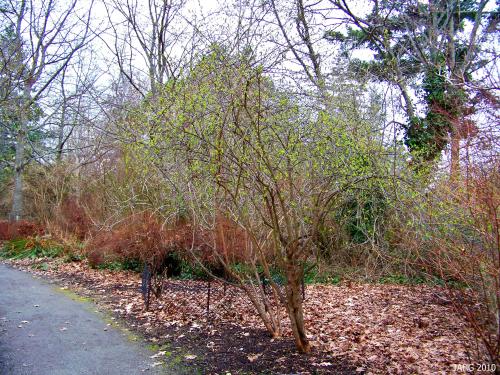







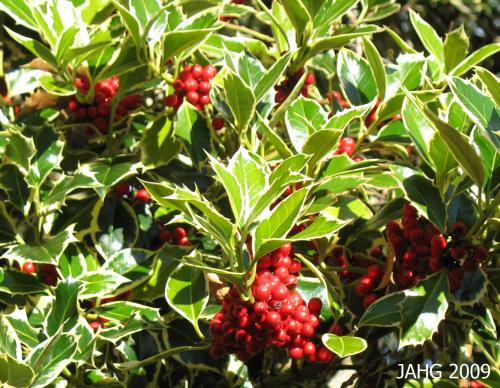







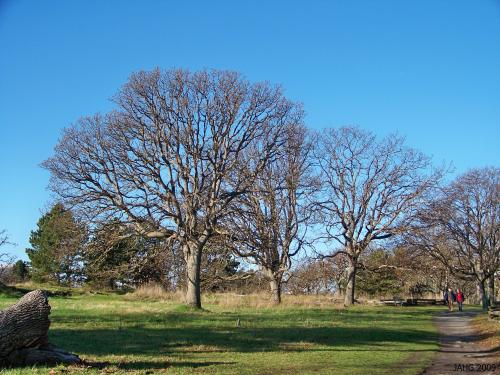
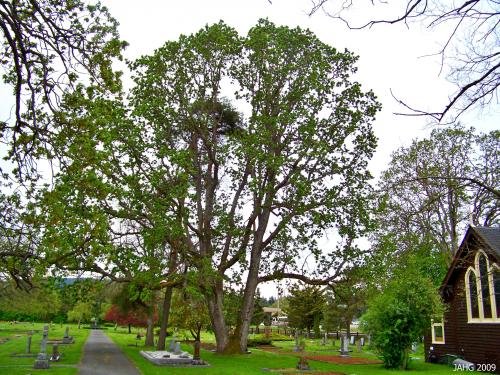











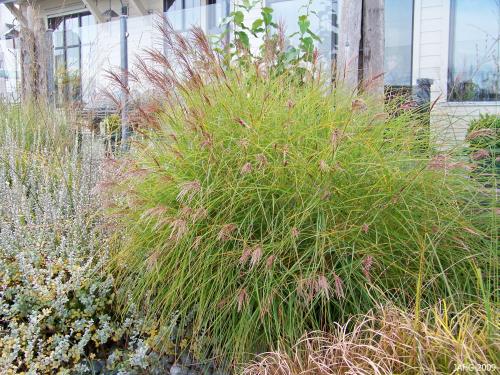












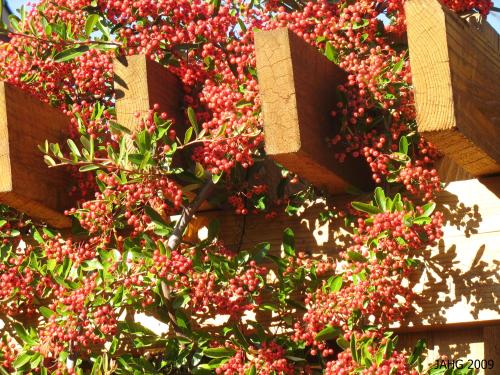
 Stumble It!
Stumble It!






